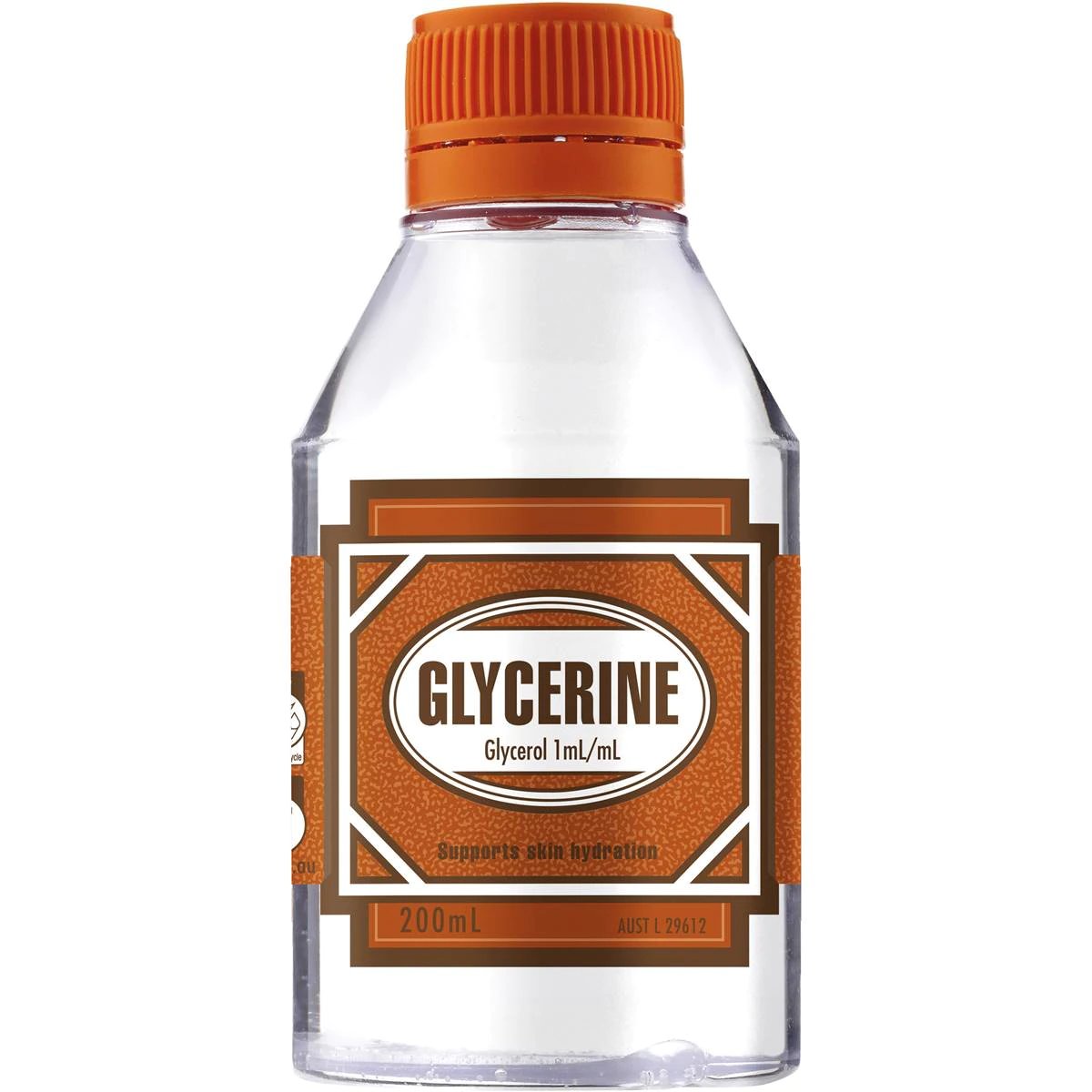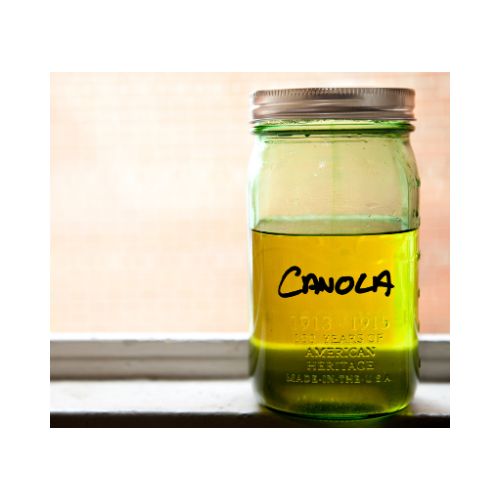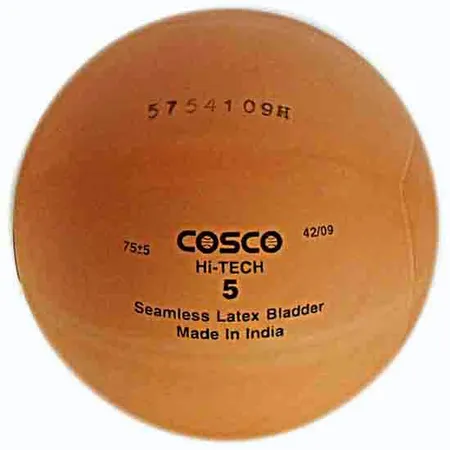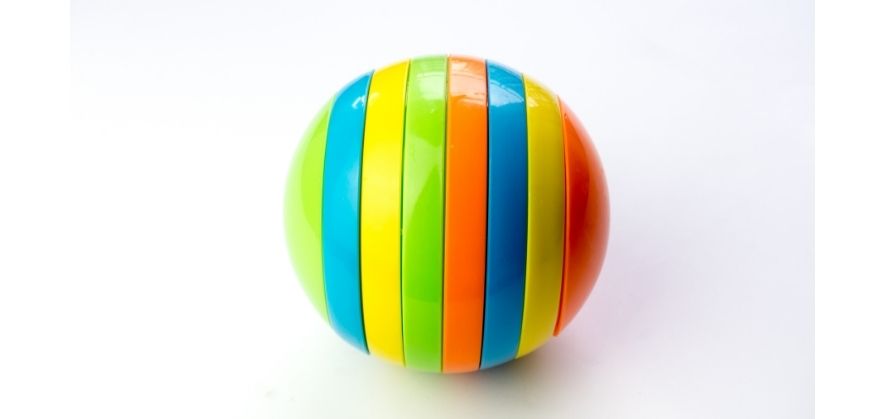As avid fans of soccer, we sometimes like to conduct our own little experiments as a way of deriving further enjoyment out the game.
It could be something as simple as balancing a high quality soccer ball on our heads, or even attempting to use energy to kick one as high into the sky as is humanely possible.
One particular topic that springs to mind is whether soccer balls sink or float in liquid.
Admittedly, there isn’t much information pertaining to this question online so I thought I’d attempt to come up with a succinct answer after conducting some of my own research.
My findings are quite interesting to say the least.
Any size of soccer ball will float in water due to the low degree of compactness present within their molecular structure. Science proves that objects will comfortably stay afloat in the liquids they are placed in, if their own molecules are further apart from each other than the particles of the liquid itself.

Want to test your knowledge on soccer ball care?
Take the quiz by clicking the button below and see just how informed you truly are!
Note - You'll need to enter your email address to see the final results.
























Now let’s take a moment to expand on this matter.
Reasons why soccer balls float in water
If you studied (or are studying) physics in high school, you may have come across the topic of density and its interconnection with other concepts such as mass, volume.
Well, density is responsible for soccer balls floating and I’m going to detail exactly why.
1. Low density

Density in quite simple terms can be defined as:
“The number of people or things in a place when compared with the size of the place.”
Source: Cambridge English Dictionary
Now every object in existence is made up of miniscule molecules.
Soccer balls are filled with plenty of air and because the molecules within the ball are evenly spread further apart across the entire inner structure, this results in a low average density for the object as a whole.
And because soccer balls have molecules that are less tightly packed together than the corresponding water particles, they manage to float.
Here’s a video that neatly unpacks the density concept and illustrates why this metric plays a part in floating or sinking:
Related article: do soccer balls have helium in them?
2. Ball shape

Another factor that contributes to soccer balls floating is their spherical shape.
There is a general scientific rule which indicates that the more the outside of an object is able to touch the water, the greater its ability to float.
As soccer balls are round, a lot of their outer area is able to come into contact with water which allows for displacement.
How to determine whether a ball will sink or float
The easiest way to determine if a ball will sink or float is by conducting your own home-made experiment with a selection of different balls.
Here’s the step by step process you need to follow in order to test your hypothesis:
Step 1 – Ball collection
So, go ahead and grab yourself each of the following:
- Soccer ball
- Baseball
- Golf ball
- Tennis ball
- Bowling ball
Step 2 – Water filling
You’ll then need to fill a bucket or solid container with a good amount of water.
As a guideline, set the water level to your own knee height.
Step 3 – Ball dropping
Then place each ball into the water one after the other.
Record your float or sink results and you’ll have your first-hand answers in a couple of minutes!
Closing thoughts
That brings me to the end of today’s topic on whether soccer balls can sink or float.
It’s quite fascinating to see how objects behave in certain situations and this article has illustrated why this is the case.
Before I go, I’d just like to offer a quick recap of what’s been discussed…
Soccer balls are able to float in water due to the fact that they have a lower molecular density than the liquid itself. The loosely packed positioning of the molecules plays a large part in their buoyance.
If you enjoy the content that I create and would like to buy me a coffee, then I’d really appreciate it!
Any money that I earn through this donation will be re-invested into more content for this website.
Additionally, by sending in a donation you’ll also receive a copy of my recently released 190+ page eBook on Soccer Ball Care, as well as be subscribed to our mailing list where you’ll be regularly informed on the latest developments concerning the Soccer Whizz blog.
- Future Icons: Europe’s Emerging Midfield Maestros Set for Glory - December 4, 2023
- Kickstarting a Revolution: How Soccer Transformed the United States Over the Last Four Years - October 7, 2023
- 4-1-4-1 Soccer Formation [Analysis] - September 23, 2023

